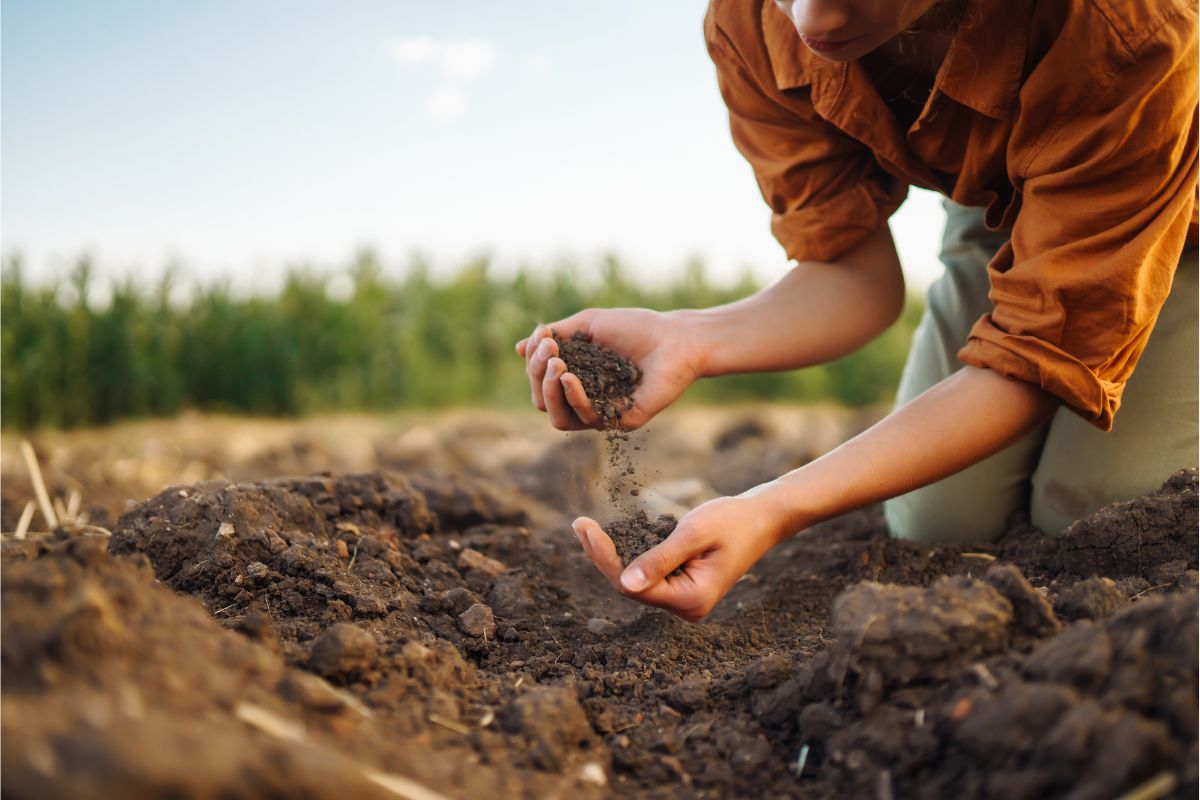Soil contamination has become a pressing environmental issue, with hazardous chemicals and pollutants seeping into the earth from industrial activities, agricultural practices, and improper waste disposal. These contaminants pose serious risks to ecosystems, human health, and the overall environment. Thankfully, soil remediation is a process that addresses these issues, offering solutions to cleanse and restore polluted land. As technology and environmental science advance, the future of soil remediation is filled with innovative techniques that promise more effective and sustainable land restoration.
In this blog, we’ll explore the latest innovations in soil remediation, highlighting how these advances are shaping the future of land restoration.
What is Soil Remediation?
Soil remediation is the process of removing contaminants from soil to restore it to a safe and healthy state. The contaminants can range from heavy metals and petroleum products to pesticides and industrial chemicals. The goal is to adjust soil conditions to reduce pollution, protect the ecosystem, and ensure safe land use.
Traditional methods of soil remediation include excavation and disposal of contaminated soil, soil washing, and chemical treatments. While effective, these methods can be costly, time-consuming, and potentially harmful to the environment. As a result, newer, more sustainable solutions are being developed to adjust soil remediation practices for greater efficiency and environmental responsibility.
Innovations Shaping the Future of Soil Remediation
Phytoremediation
One of the most promising advancements in soil remediation is phytoremediation, a method that utilizes plants to absorb, break down, or stabilize contaminants in the soil. Certain plants, known as hyper accumulators, can absorb heavy metals and toxins through their roots and store them in their tissues. Phytoremediation can be used in both large and small-scale projects, making it a versatile option for various types of contaminated sites.
The benefits of phytoremediation include:
Low cost and maintenance
Reduction of erosion and improvement of soil structure
Aesthetic appeal through green landscapes during the remediation process
Bioremediation
Bioremediation leverages the power of microorganisms to decompose and detoxify contaminants in the soil. Certain bacteria and fungi naturally break down harmful substances into less toxic or harmless compounds. This process can be enhanced by adjusting soil conditions, such as adding nutrients, oxygen, or moisture, to create an ideal environment for microbial activity. Bioremediation is particularly effective for organic contaminants like petroleum hydrocarbons and pesticides.
Innovative approaches in bioremediation include bioaugmentation, where specific microbial strains are introduced to target particular contaminants, and biostimulation, which stimulates existing microbial communities in the soil to accelerate the remediation process.
Nanoremediation
Nanotechnology is making waves in soil remediation by using nanoparticles to remove contaminants from the soil. Nanoparticles have unique properties that allow them to react with and neutralize pollutants at the molecular level. For example, iron nanoparticles can be injected into the soil to break down hazardous compounds like chlorinated solvents, pesticides, and heavy metals.
Electrokinetic Remediation
Electrokinetic remediation involves applying a low-voltage electric current through the soil to mobilize and extract contaminants. This technique is particularly useful for remediating heavy metals and other inorganic pollutants that are difficult to remove through traditional methods. The electric field helps to move contaminants toward collection wells, where they can be extracted and treated.
While electrokinetic remediation requires specialized equipment and expertise, it is a promising solution for sites with dense soils or areas where other methods may be ineffective.
Thermal Desorption
Thermal desorption is an innovative technique that uses heat to vaporize and remove volatile contaminants from the soil. By heating the soil, contaminants such as hydrocarbons and solvents are converted into a gas, which can then be captured and treated. This method is especially effective for remediating organic pollutants in soil and is often used for large-scale industrial contamination.
Sustainability in Soil Remediation
As we look to the future, the focus on sustainability in soil remediation will continue to grow. Combining eco-friendly techniques like phytoremediation and bioremediation with cutting-edge technologies like nanoremediation and data-driven insights allows for more effective, cost-efficient, and environmentally responsible land restoration.
By adjusting soil remediation practices to be more sustainable, we can protect natural resources, preserve biodiversity, and ensure that contaminated land can be safely used for future generations.
Conclusion
The future of soil remediation is bright, with innovations that promise more effective and sustainable ways to restore contaminated land. Whether through the use of plants, microorganisms, nanotechnology, or advanced data systems, these innovations are transforming how we approach land restoration. As these technologies continue to evolve, soil remediation services will become more accessible, efficient, and environmentally friendly, offering a cleaner and healthier future for all. Contact now to Simple Tank Services to schedule a soil remediation services!
If you’re in need of soil remediation services, now is the time to explore these cutting-edge solutions and ensure the safe restoration of your land.

